This is the code release for the ICLR2024 paper Consistent Video-to-Video Transfer Using Synthetic Dataset.
- Installation
- Video Editing 🔥
- Synthetic Video Prompt-to-Prompt Dataset
- Training
- Create Synthetic Video Dataset
- 2024/02/13: The official synthetic data and model will not be released due to Amazon policy, but we provide a third party reproduction of the synthetic data and model weights. Please refer to this github repo
- 2023/11/29: We have updated paper with more comparison to recent baseline methods and updated the comparison video. Gradio demo code is uploaded.
git clone https://github.com/amazon-science/instruct-video-to-video.git
pip install -r requirements.txtNOTE: The code is tested on PyTorch 2.1.0+cu11.8 and corresponding xformers version. Any PyTorch version > 2.0 should work but please install the right corresponding xformers version.
We are undergoing the model release process. Please stay tuned.
Download the InsV2V model weights and change the ckpt path in the following notebook.
✨🚀 This notebook provide a sample code to conduct text-based video editing.
Please follow the instructions in the LOVEU Dataset to download the dataset. Use the following script to run editing on the LOVEU dataset:
python insv2v_run_loveu_tgve.py \
--config configs/instruct_v2v.yaml \
--ckpt-path [PATH TO THE CHECKPOINT] \
--data-dir [PATH TO THE LOVEU DATASET] \
--with_optical_flow \ # use motion compensation
--text-cfg 7.5 10 \
--video-cfg 1.2 1.5 \
--image-size 256 384Note: you may need to try different combination of image resolution, video/text classifier free guidance scale to find the best editing results.
Example results of editing LOVEU-TGVE Dataset:
 |
 |
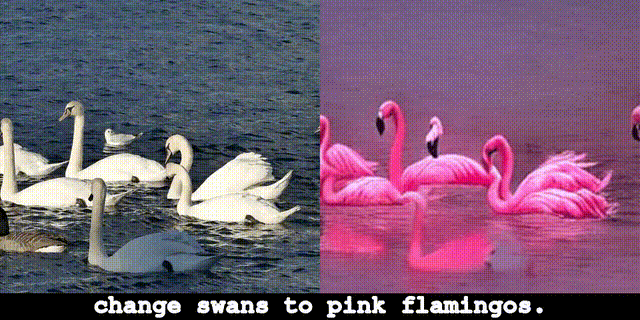 |
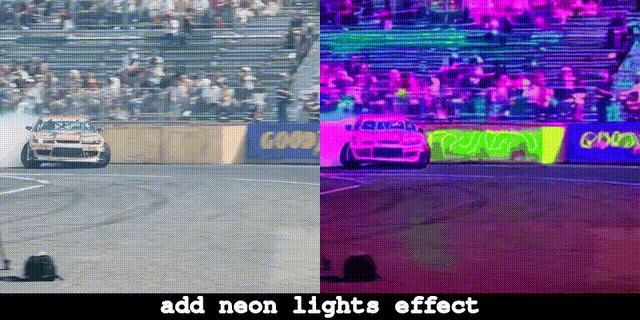 |
 |
 |
 |
 |
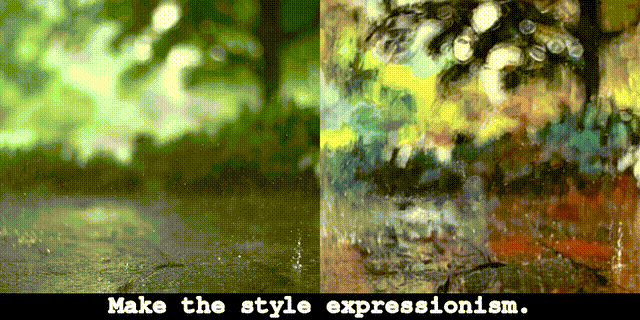 |
 |
Generation pipeline of the synthetic video dataset:

Examples of the synthetic video dataset:
 |
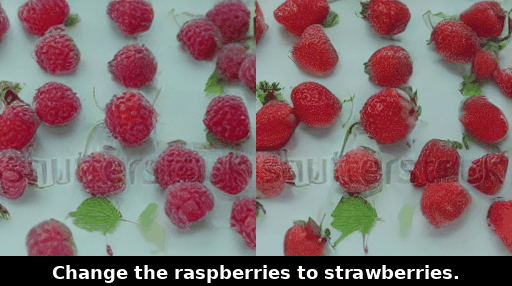 |
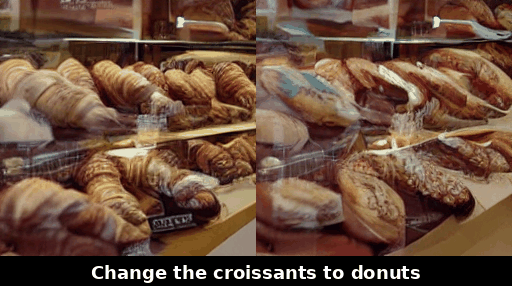 |
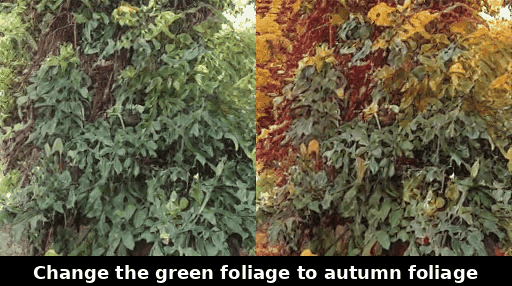 |
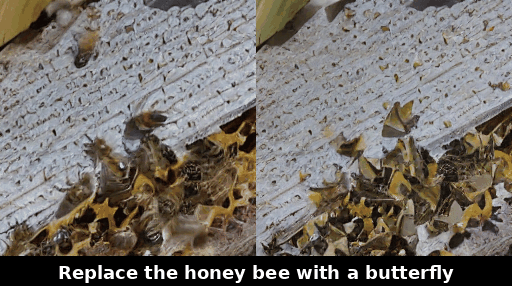 |
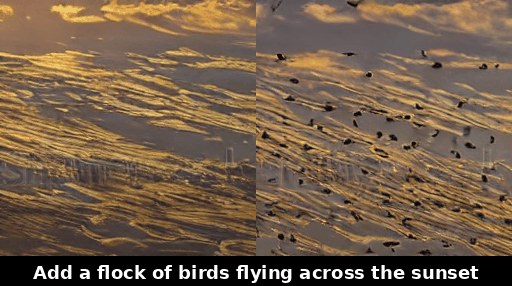 |
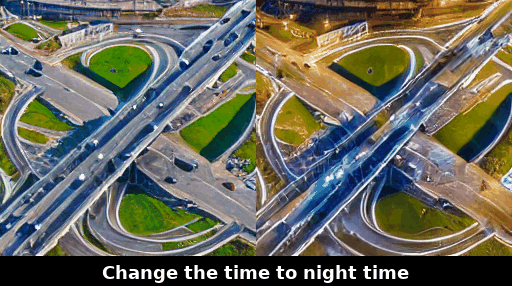 |
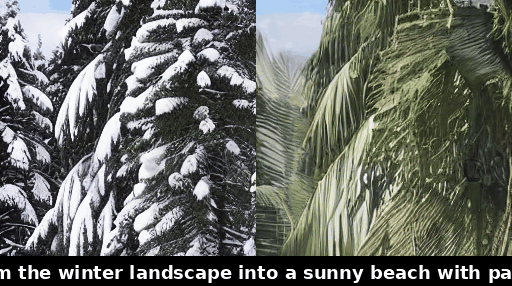 |
 |
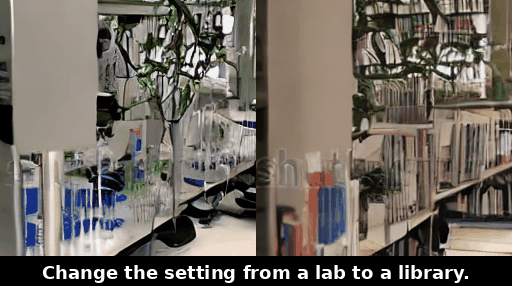 |
Download the foundational models and place them in the pretrained_models folder.
See download link in the third party reproduction
Put the synthetic video dataset in the video_ptp folder.
Run the following command to train the model:
python main.py --config configs/instruct_v2v.yaml -r # add -r to resume training if the training is interruptedIf you want to create your own synthetic video dataset, please follow the instructions
- Download the modelscope VAE, UNet and text encoder weights from here
- Replace the model path in the
video_prompt_to_prompt.pyfile
vae_ckpt = 'VAE_PATH'
unet_ckpt = 'UNet_PATH'
text_model_ckpt = 'Text_MODEL_PATH'
- Download the edit prompt files from Instruct Pix2Pix. The prompt file should be
gpt-generated-prompts.jsonl, and change the file path in thevideo_prompt_to_prompt.pyaccordingly. Or download the WebVid prompt edit file proposed in our paper from To be released. - Run the command to generate the synthetic video dataset:
python video_prompt_to_prompt.py
--start [START INDEX] \
--end [END INDEX] \
--prompt_source [ip2p or webvid] \
--num_sample_each_prompt [NUM SAMPLES FOR EACH PROMPT]TGVE_video_edit_demo.mp4
Links to the baselines used in the video:
| Tune-A-Video | Control Video | Vid2Vid Zero | Video P2P |
| TokenFlow | Render A Video | Pix2Video |
The code was implemented by Jiaxin Cheng during his internship at the AWS Shanghai Lablet.
Part of the code and the foundational models are adapted from the following works:
